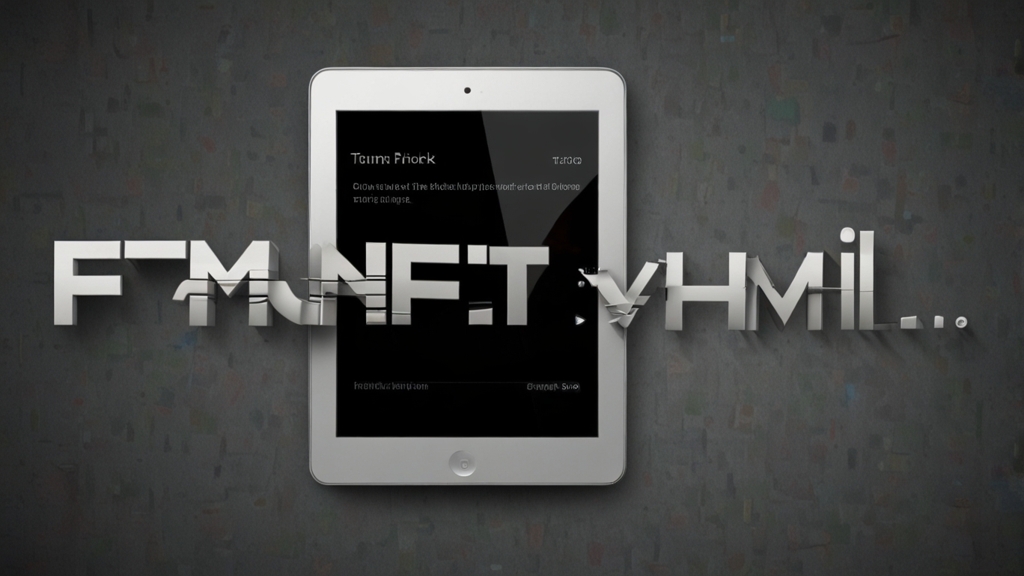Unmasking the Invisible Threats in Cybersecurity: Are You Safe?
In an era where our lives are intricately woven with digital threads, cybersecurity stands as the sentinel guarding our virtual existence. However, staying ahead in the cybersecurity game is an evolving challenge. As technology advances, so do the tactics of cybercriminals, making some threats nearly invisible to the untrained eye. So, are you really safe? Let's delve into these hidden dangers and understand how to protect ourselves.
The Rise of Stealth Malware
Stealth malware is designed with one primary goal: to operate undetected. These malicious programs can infiltrate systems quietly, often masquerading as legitimate software. Advanced methods like polymorphic code, which changes every time it runs, make it incredibly difficult for traditional antivirus software to catch. Contemporary malware can even disable security protections, leaving systems defenseless.
“It's not the known threats that worry us the most; it's the unknown ones lurking in the shadows.”—Cybersecurity Expert
Social Engineering: Manipulating the Human Element
While technical defenses are critical, the human element often becomes the weakest link in cybersecurity. Social engineering exploits human psychology to gain unauthorized access to confidential information. Phishing attacks, one of the most common forms, trick individuals into revealing sensitive data by posing as trustworthy entities. More advanced techniques involve spear-phishing, which targets specific individuals with personalized messages, making the deception even more convincing.
Zero-Day Exploits
Zero-day exploits take advantage of unknown vulnerabilities in software and hardware, making them extremely dangerous. Because these vulnerabilities are not yet discovered by the software vendors, there are no available patches to fix them. This invisibility cloak allows attackers to inflict significant damage before any defensive measures can be implemented.
“A zero-day exploit is like a ticking time bomb; you don't know it's there until it goes off.”—Cybersecurity Analyst
Cloud Security Challenges
As more businesses migrate to the cloud, the landscape of cybersecurity has dramatically changed. While cloud services offer flexibility and scalability, they also introduce unique security challenges. Misconfigured settings, insufficient access controls, and sophisticated attacks targeting cloud infrastructure can lead to data breaches. Vigilance and stringent policies are crucial to secure cloud environments against these invisible threats.
Insider Threats
One of the most perilous, yet often overlooked threats, comes from within the organization itself. Insider threats can stem from disgruntled employees or those manipulated or bribed by external malicious actors. Because these insiders already have access to the company's internal systems, detecting and mitigating these threats requires keen attention and robust monitoring.
“The call is coming from inside the house.”—Anonymous
Protective Measures to Stay Safe
Combating these invisible threats demands a multi-faceted approach:
- Regular Updates and Patches: Ensure all software and systems are regularly updated to mitigate the risk of zero-day exploits.
- Advanced Threat Detection: Utilize modern antivirus and anti-malware programs that offer behavioral analysis and machine learning capabilities to detect stealth malware.
- Employee Training: Regularly educate staff about phishing attacks and social engineering techniques to bolster the human firewall.
- Stringent Access Controls: Implement role-based access controls and least privilege principles to limit insider threats.
- Cloud Security Protocols: Use encryption, strong authentication methods, and regular audits to secure cloud environments.
In the digital age, staying safe is a continuous battle against evolving threats. By understanding these invisible dangers and implementing robust cybersecurity measures, we can better protect ourselves and our valuable information from potential breaches.








